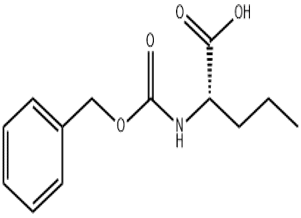4,4-Bipyridine(CAS#553-26-4)
| Risk Codes | R25 – Toxic if swallowed R36/37/38 – Irritating to eyes, respiratory system and skin. R20/21 – Harmful by inhalation and in contact with skin. R23/24/25 – Toxic by inhalation, in contact with skin and if swallowed. |
| Safety Description | S26 – In case of contact with eyes, rinse immediately with plenty of water and seek medical advice. S36/37/39 – Wear suitable protective clothing, gloves and eye/face protection. S45 – In case of accident or if you feel unwell, seek medical advice immediately (show the label whenever possible.) |
| UN IDs | UN 2811 6.1/PG 3 |
| WGK Germany | 3 |
| RTECS | DW1760000 |
| TSCA | Yes |
| HS Code | 29333999 |
| Hazard Note | Irritant |
| Hazard Class | 6.1 |
| Packing Group | III |
| Toxicity | LD50 orally in Rabbit: 172 mg/kg |
4,4-Bipyridine(CAS#553-26-4) Introduction
Brief introduction 4,4′-Bipyridine is an organic compound. It is a colorless to white crystalline solid that is insoluble in water and has good solubility in organic solvents. 4,4′-Bipyridine has a variety of properties and uses. It is a strongly basic compound that reacts with acids to form salts. It is also a ligand that can form complexes with transition metals that play a role in catalytic reactions. 4,4′-Bipyridine also has luminescent properties and can be used in the preparation of fluorescent materials. In the preparation of 4,4′-bipyridine, a common method is synthesized by a condensation reaction of nitroaniline and aldehydes. p-nitroaniline is condensed with aldehydes under alkaline conditions to form an intermediate, which is subsequently purified by further reaction and crystallization to obtain a 4,4′-bipyridine product. Its dust can have an irritating effect on the eyes, skin and respiratory system, and direct contact should be avoided. Personal protective equipment such as protective gloves, goggles and masks should be worn when operating, and the operating environment should be well ventilated. 4,4′-Bipyridine is a flammable substance and should be kept away from fire sources and high temperatures. During storage and handling, the relevant safety regulations should be strictly observed.








